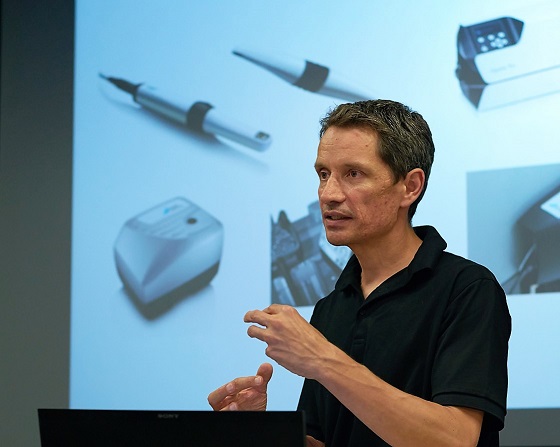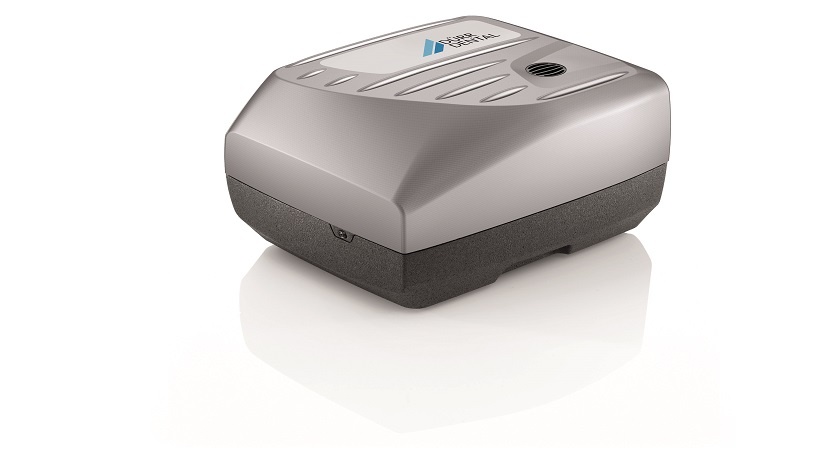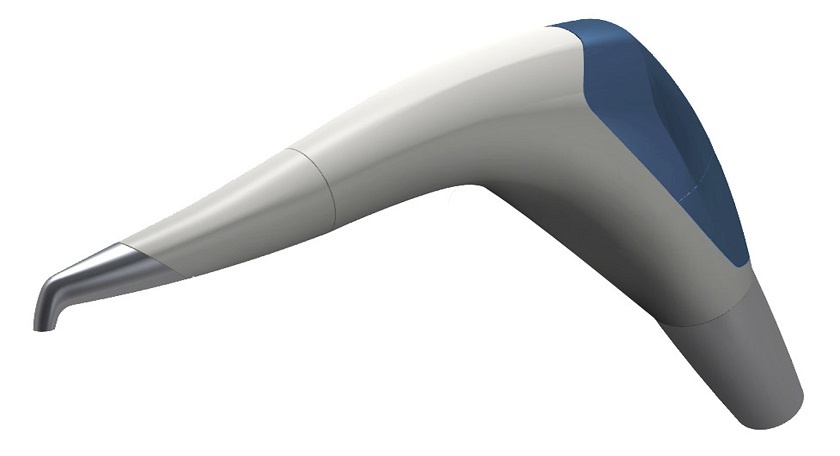FORMSTUDIO MERKLE PARK
Founded in 2007 by Ulrich Merkle and his wife Mun-Jung Park, the Stuttgart firm mainly focuses on the design of technical innovations. Since 2020, Formstudio has been working for Dürr Dental on a regular basis. The company was the first to launch digital intraoral cameras in HD quality – with an organic design by Ulrich Merkle. Formstudio Merkle Park is the recipient of several Baden-Württemberg International Design Awards (Focus Open).






